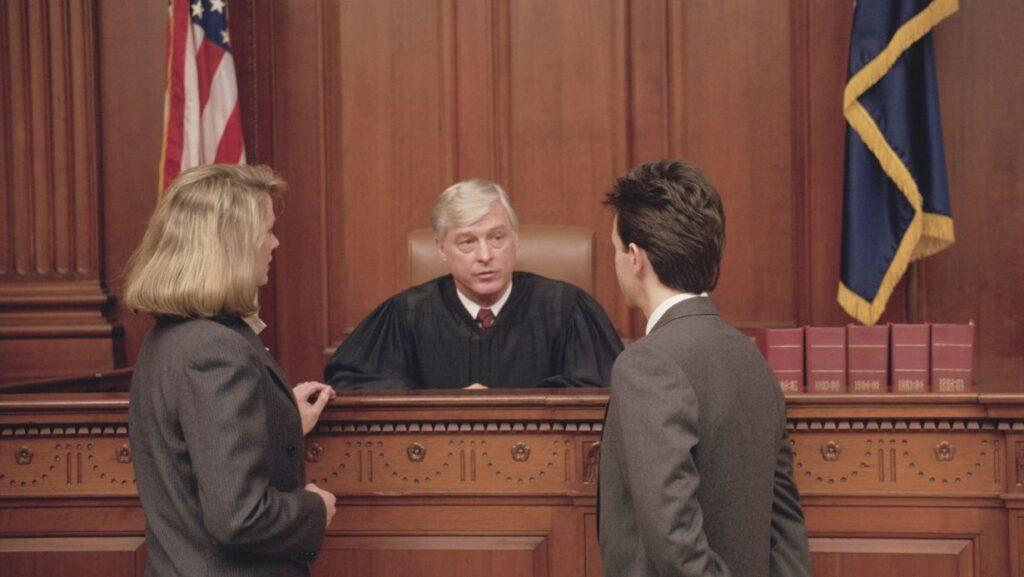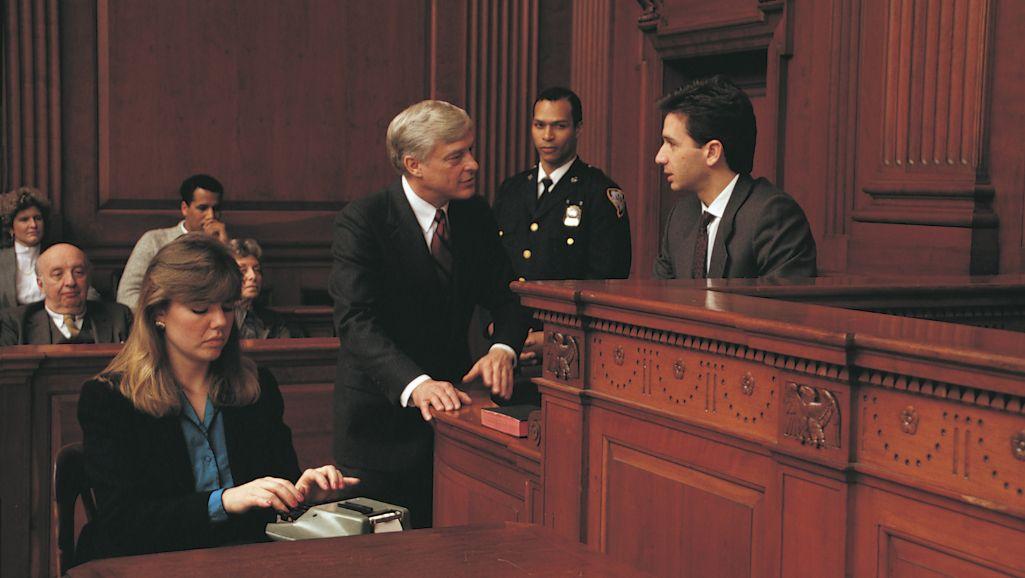Courtroom Procedures are a roadmap for what goes on during a significant legal event, kind of like following steps in a game or a recipe. These procedures form the foundation of a fair and effective legal system, making sure that everyone’s rights are honored and justice is achieved. We will delve into the intricacies of courtroom procedures, shedding light on what they encompass and why they matter.
Understanding Courtroom Procedures
At its core, courtroom procedures refer to the systematic set of rules and guidelines that govern the conduct of legal proceedings. These procedures are in place to guarantee a fair trial, maintain order, and provide a framework through which legal disputes are resolved. They play a pivotal role in preserving the integrity of the legal process, fostering transparency, and upholding the rule of law.

Key Components of Courtroom Procedures
Pre-Trial Phase:
The journey through the legal system begins with the pre-trial phase. This involves the filing of a lawsuit, where the parties outline their claims and defenses. Subsequently, both sides gather evidence to support their arguments. Lawyers can present pre-trial motions, which deal with different legal issues and prepare for the trial phase.
Trial Phase:
The trial phase is the heart of courtroom procedures, marked by several key steps. Jury selection, if applicable, involves choosing a panel of impartial individuals to decide the case. Opening statements set the stage for the trial, followed by the presentation of evidence by both sides. Cross-examination allows opposing attorneys to question witnesses. Finally, closing arguments provide each side with an opportunity, to sum up their case persuasively.
Post-Trial Phase:
Upon the conclusion of the trial, the legal journey continues into the post-trial phase. This involves the deliberation process, where jurors (if a jury trial) evaluate the evidence and reach a verdict. If either party isn’t happy with the verdict, they can start an appeals process, which follows the rules of the appellate court.
Participants in Courtroom Proceedings
Numerous individuals contribute to the courtroom proceedings, each with specific roles and responsibilities.
- Judges: They oversee the trial, ensuring that procedures are followed, objections are addressed, and a fair trial is conducted.
- Attorneys: Lawyers representing the parties present their arguments, examine witnesses, and make legal motions.
- Defendants and Plaintiffs: The parties directly involved in the legal dispute, each with their claims and defenses.
- Witnesses: Individuals who provide firsthand information or expert opinions relevant to the case.
- Jury: If applicable, the jury is responsible for impartially evaluating evidence and reaching a verdict.
Being Polite in the Courtroom: How to Act Right
Maintaining proper decorum and etiquette in the courtroom is paramount to upholding the dignity of the legal process.
- Dress Code: Participants should dress respectfully and professionally.
- Behavior and Conduct: Respectful behavior, punctuality, and attentiveness are expected from all present.
- Addressing the Judge and Others: Proper titles and respectful language should be used when addressing the judge, witnesses, and opposing counsel.
- Use of Technology: Proper usage of electronic devices, such as phones and laptops, regulate within the courtroom.
Legal Terminology and Language
Legal proceedings involve a lot of specific terms and phrases that may be unfamiliar to the average person. Understanding these terms is crucial for effective participation and comprehension of the proceedings.
- Common Legal Terms and Phrases: Familiarize yourself with terms like “objection,” “hearsay,” “precedent,” and more.
- Importance of Understanding Terminology: Misunderstanding legal language can lead to confusion and potentially compromise your case.
Rights and Responsibilities of Participants
Participants in courtroom proceedings have certain rights and responsibilities to a fair trial.
- Defendant’s Right to Remain Silent: The accused should remain silent and cannot compete to testify against themselves.
- Attorney-Client Privilege: Communication between a client and their attorney is protected, ensuring open and honest legal counsel.
- Right to a Fair Trial: All parties are entitled to a trial that is unbiased and impartial.
- Duty to Provide Truthful Testimony: Witnesses need to provide accurate and truthful testimony under oath.
Importance of Following Courtroom Procedures
Adhering to courtroom procedures is crucial for the successful conduct of legal proceedings.
- Ensuring Justice Is Served: Proper procedures maintain the integrity of the trial, increasing the likelihood of a just outcome.
- Maintaining Order and Fairness: Procedures maintain order and guarantee fair treatment for everyone involved.
- Consequences of Disregarding Procedures: Ignoring procedures can result in objections, mistrials, or even legal consequences.
Tips for Navigating Courtroom Procedures
- Seek Legal Counsel: Consult an experienced attorney to guide you through the complexities of the legal process.
- Be Prepared and Organized: Thoroughly prepare your case, gather evidence, and organize your arguments.
- Show Respect for the Process: Maintain professionalism and respect for the court, the judge, and opposing parties.
- Understand Your Rights: Familiarize yourself with your rights and responsibilities as a participant.
Courtroom procedures are like the strong framework that helps build fairness and justice. When people know these procedures well, they can move through the legal process with confidence. By following these rules, we make sure that everyone is treated fairly and that the courtroom stays a safe place for justice.
Also, Read: Who Are JAG Lawyers?






